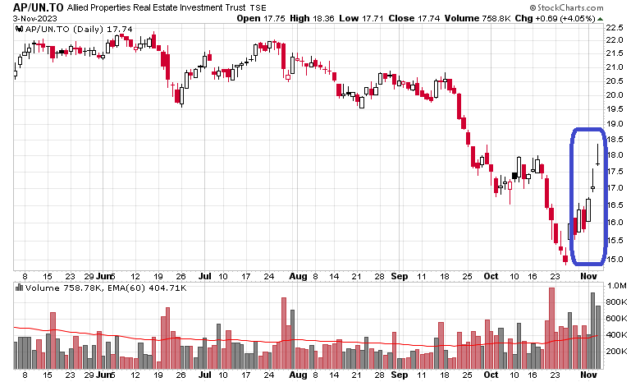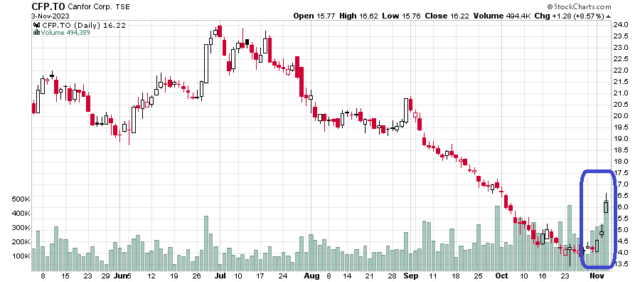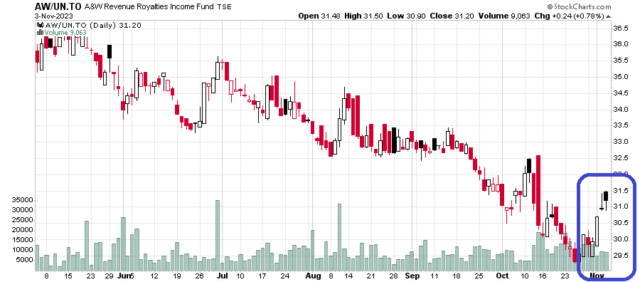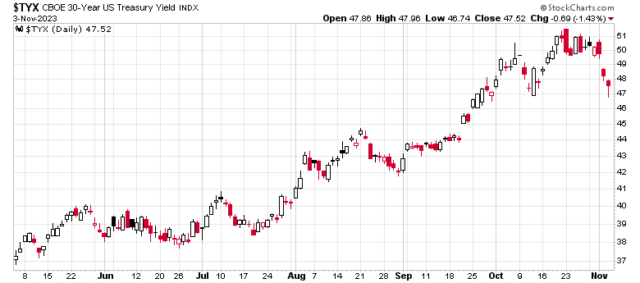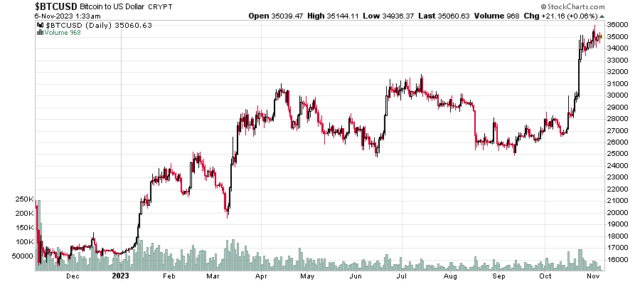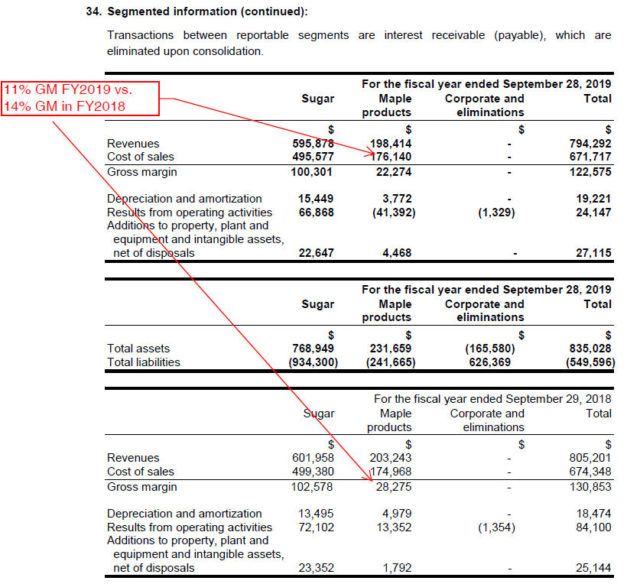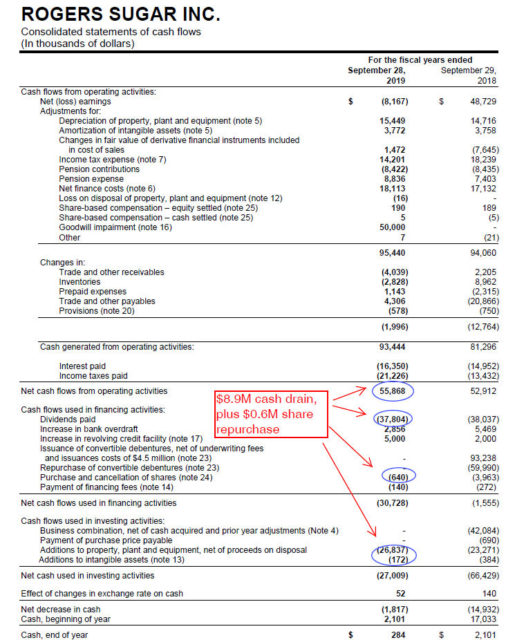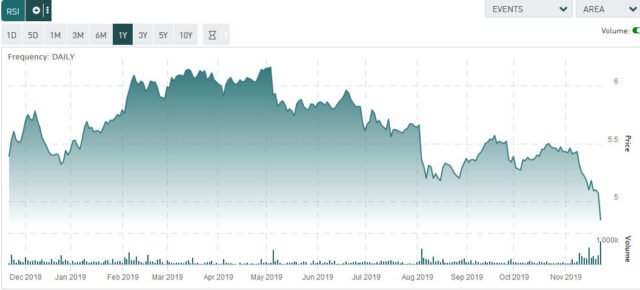When a company dominates its product or service space, it has two choices – either stick with it and be very vigilant to ensure that whatever competitive moat you have continues to exist, or start to expand and diversify.
In many cases, expansion and diversification can end up consuming far more money and mental capital of management than otherwise warranted.
Rogers Sugar (TSX: RSI) is a good case example. By virtue of trade protection, the refined sugar domain in Canada is dominated by Rogers (and its other label, Lantic). The only Canadian competitor is Redpath Sugar (privately held and ironically owned by American Sugar Refining), which is a distant second in terms of volumes sold, and geographical presence (their operations are mainly around the Toronto area, while Rogers has a presence across most of Canada).
I have been tracking Rogers Sugar for well over a decade. In fact, at one point (during the economic crisis) it was my largest portfolio position since their units (back then they were an income trust) were trading at such a ridiculously low level given their rock-solid business. I still follow it and would love to get back in at the right price.
In 2017, Rogers decided to purchase a maple producer (L.B. Maple Treat Corporation – located in Quebec and Vermont) for $160 million, paid with a mixture of cash raised in equity ($69 million raised at $5.90/share) and debt. Later in the same year, they purchased a bottler and maple producer, Decacer (also located in Quebec), for another $40 million (paid by the credit facility). Subsequent to the acquisitions there has been further capital investment in the maple unit, but for the purposes of this post I will ignore these expenditures.
It is nearly two years later, and Rogers is still having difficulty with their maple acquisitions. Was this the correct decision?
The sugar industry in Canada can be described as very mature. Rogers can generate about $80 million a year of EBITDA with the sugar segment, and this is stable. It takes approximately $20 million a year in capital investment ($17 million in FY2017, $23 million in FY2018) to sustain this, so sugar is a cash machine in Canada. There is a very high barrier to entry in the marketplace given the total size of the market. The sugar market only grows in relation to the population size. There are substitutes available (high fructose corn syrup) that keep a lid on prices for industrial customers.
A $60 million a year cash stream ($80 million EBITDA minus $20 million CapEx) is approximately $44 million after taxes. Since the sugar business is so bond-like, an unlevered firm in today’s interest rate environment would probably go for a 7-8% perpetual discount, or approximately $580 million (at 7.5%). Indeed, one can make an argument that the sugar industry deserves an even lower discount when looking at comparators such as Keg Royalties Income Trust (TSX: KEG.UN – with 6.8% at a 100% payout ratio) or the grossly over-valued A&W Revenue Royalties Income Fund (TSX: AW.UN – a ridiculous 3.4%!). Both of these entities have nowhere close to the competitive moat that Rogers Sugar has.
Rogers is capitalized entirely by debt financing – tangible book value is negative $19 million, and total debt is $362 million (face value) consisting of secured bank loans and unsecured convertible debentures (TSX: RSI.DB.E and RSI.DB.F) for low rates of interest (the debentures are roughly at 5% and the credit facility is at LIBOR plus 20 to 200bps depending on financial ratios – blended interest expense, ignoring financing costs is 3.6%).
Completely ignoring Rogers’ sugar adventures into maple syrup, the debt completely self-sustains the entire company for a cost of $13 million a year. Even if interest rates doubled, the sugar entity would be very profitable.
As such, the enterprise value of Rogers is about a billion dollars. The equity pays a 36 cent/share dividend or about a 6.4% dividend yield – not too bad given some comparators above.
After the close of August 1, 2019, they released their 3rd quarter results. It is quite apparent that as of right now, their expansion in Maple has yielded sub-par results.
In fiscal year 2018 (the first full fiscal year after the maple acquisitions), the adjusted EBITDA on maple was $18.6 million – and depreciation was about $5 million and $1.9 million in “non-recurring” costs, but we will ignore the latter costs for the sake of argument. After taxes, this is approximately $10 million a year – or 5% on the original $200 million invested in 2017. Definitely a worse outcome than what is going on in sugar – and barely enough to keep up with the cost of capital it paid.
One might be able to understand that in the first full year after an acquisition there will be growing pains before things get “back to expected”, but this is not happening as of the 3rd quarter of 2019.
For the first 9 months of the June 2018 reporting period, the maple division had adjusted EBITDA of $13.9 million, while the same period in 2019 was $12.1 million, or a 13% decline. Management now expects a $16 million adjusted EBITDA result for the full fiscal year and additional capital expenditures to increase the efficiency of the maple operation. The cited reason for the decline in profitability is “heightened competitiveness in the marketplace and, to a lesser extent, some operational inefficiencies related to the plant footprint optimization.”
It does not take a CFA to figure out that the maple acquisition is turning out to be a negative decision for the company, given how much was actually paid.
Despite the fact that the decision to get into the maple market had logic to it (sugar and maple syrup are both sweeteners; the company has its major operating headquarters in Quebec and some French-speaking executives; the company has vast experience in manufacturing and distribution of food products; etc.) – the capital invested is clearly earning a sub-par return, despite the company’s operational expertise.
This is a pretty good lesson that moving from a competition-protected domain (sugar) into a business that has less protection (maple syrup), no matter how similar, conducted at the wrong price will end up destroying shareholder value. I am guessing the board, management and public shareholders didn’t see this one coming.
I expect the stock to trade lower on August 2, 2019.
